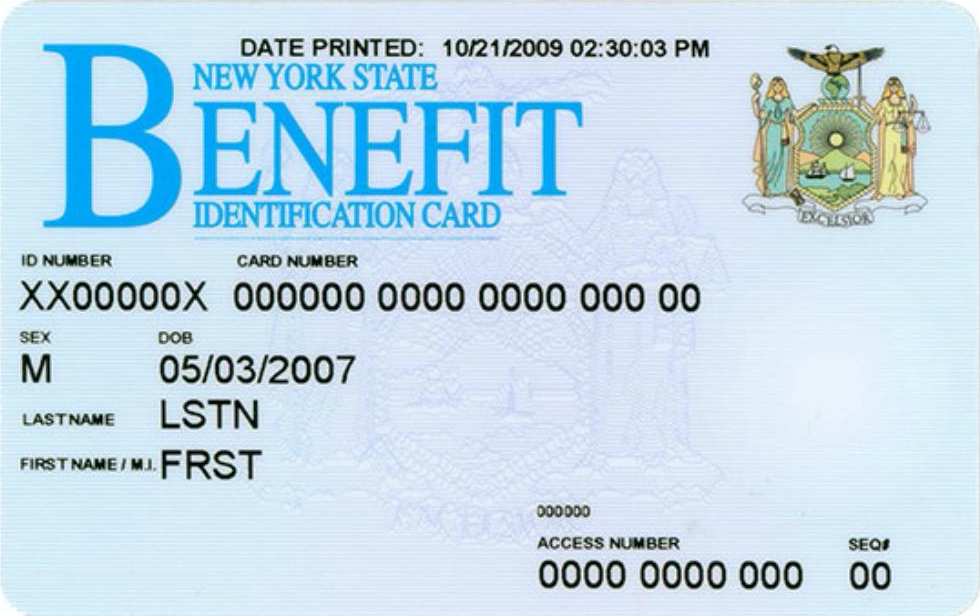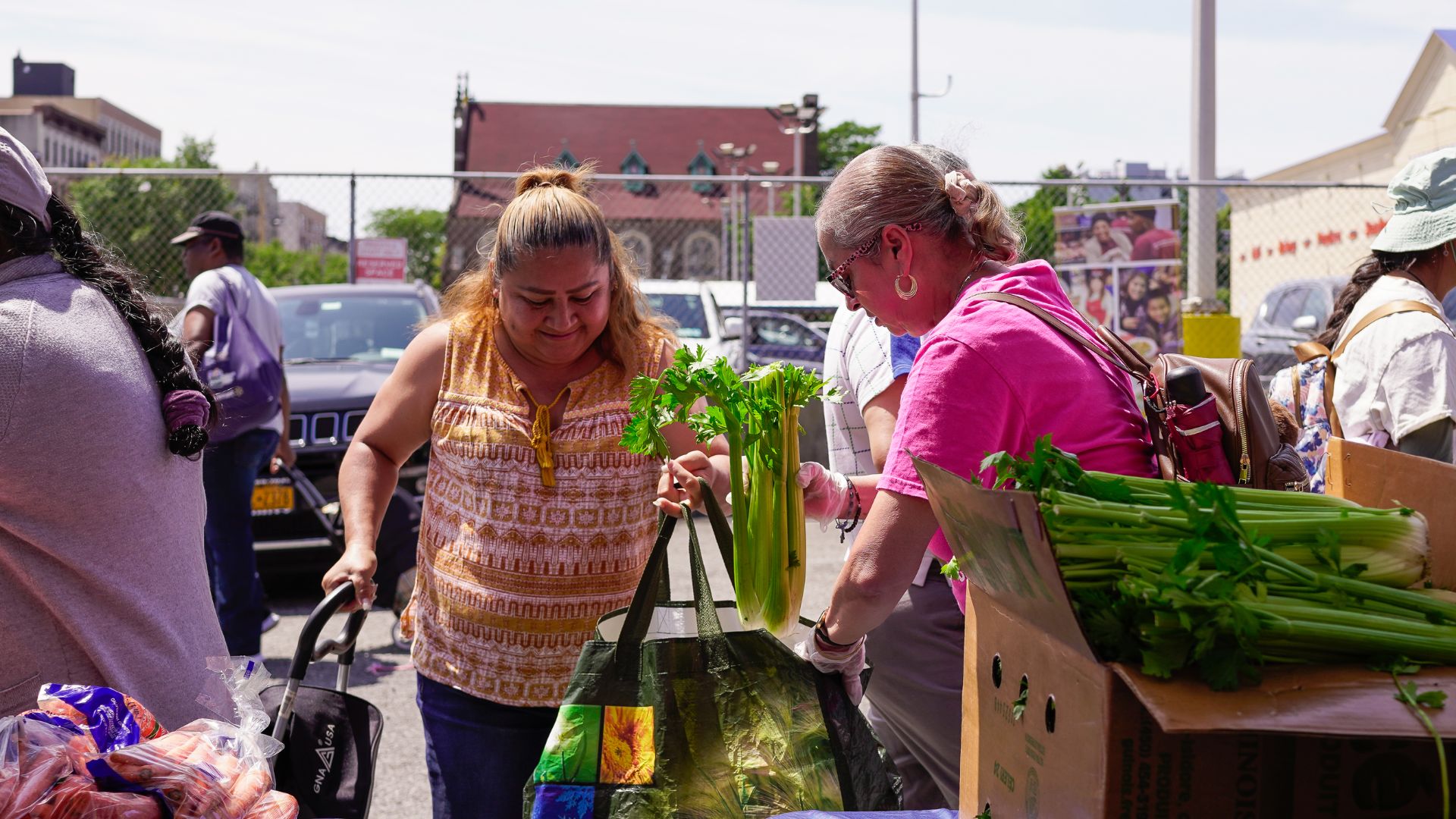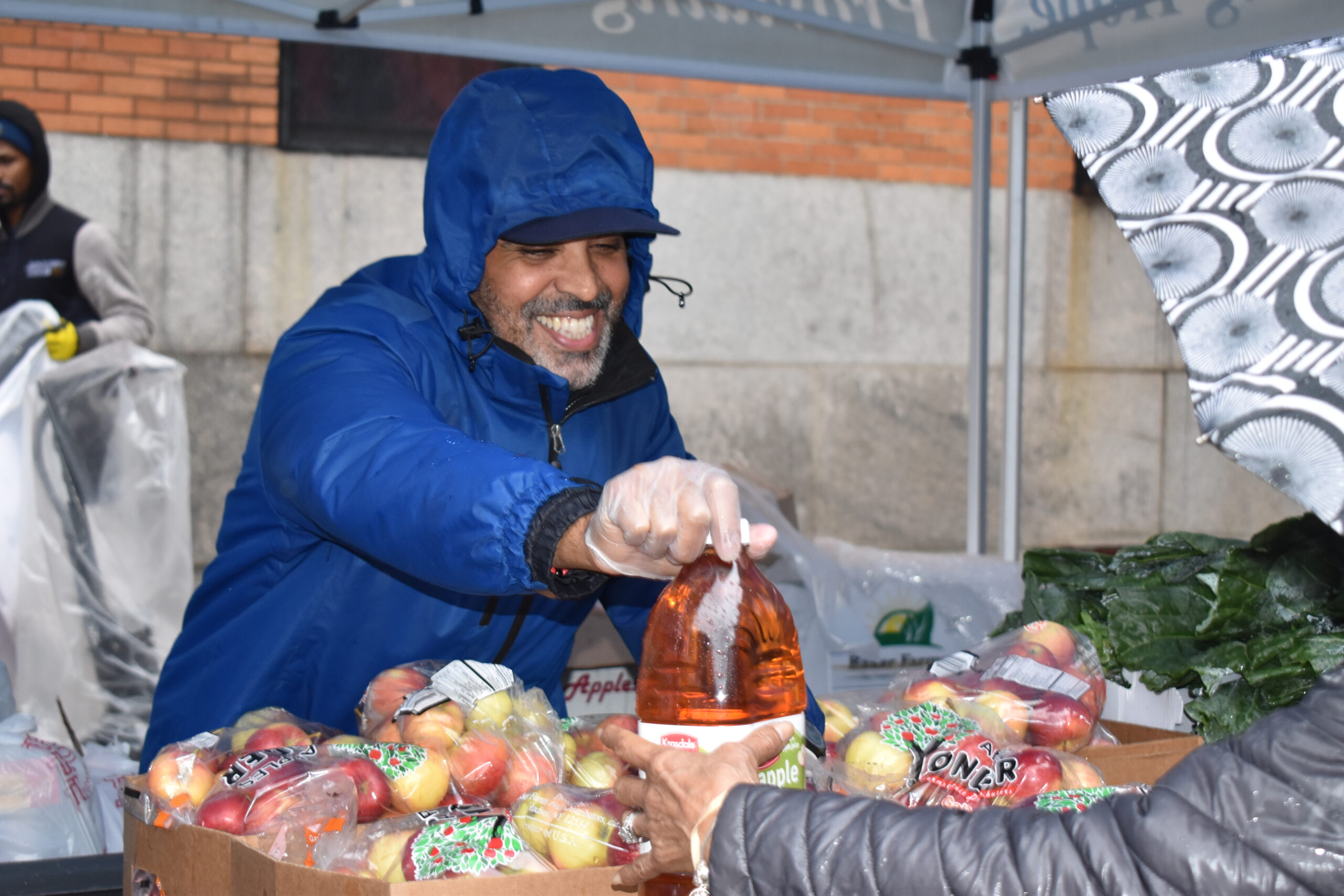The anxiety generated by a March 1 termination of Covid emergency Supplemental Nutrition Assistance Program (SNAP, formerly known as food stamps) relief can be felt from the Bronx to Brewster, where Michelle Molina Rodriguez works as Hudson Valley SNAP supervisor for Catholic Charities Community Services.
When Congress authorized an increase in EBT benefits three years ago, the goal was to offer relief for those thrown out of work because of Covid restrictions. Now, as pandemic restrictions have eased, the jump in benefits was taken away. Michelle, who works everyday with SNAP beneficiaries, says that current events make the cuts even more of a hardship.
“The timing is wrong,” said Michelle, who added, “they should have waited.”
She said that inflation has caused a cut in earning power for SNAP recipients. And, ironically, an increase in Social Security payments to retirees has frozen some out of EBT benefits entirely, as they are now considered to have too much income to qualify.
The cuts average around $90 per month, with some larger families being cut by $250. A single able-bodied person, eligible for six months to receive SNAP, has had their allotments cut from $195 to just above $100. A Social Security recipient Michelle talked with now receives $1,699 a month, but SNAP eligibility requires that income be less than $1,573. Other criteria for eligibility requires that a single parent with a child make less than $2,265 per month and a family of four can make up to $4625.
When Social Services does a re-budget on families, the cost of living increase they received last year may now lower their SNAP benefits or make them ineligible.
New York is among 32 states and the District of Columbia that were still providing the emergency allotments until they were cut off in March. According to the latest federal data, 42 million Americans receive SNAP benefits. According to the Center on Budget and Policy Priorities, there are 1.6 million SNAP recipients in New York City and 2.89 million in New York State (14 percent of the total population). The cut in the pandemic boost will mean that benefits will come to about $6 per person per day, instead of $9.
Michelle noted a recent case involving a senior now deemed ineligible because of a recent rise in Social Security benefits implemented to offset inflation. “I had to tell her there is no appealing. And I had to tell her she is no longer eligible,” said Michelle. Besides seniors trying to make ends meet, Michelle also works with low-wage workers who qualify for benefits. The client’s plight is not unusual.
“I’ve gone to visit seniors who had no food in the refrigerator,” said Michelle.
The impact of the Covid relief cuts is just beginning to be felt. Michelle is suggesting to clients experiencing difficulties that they use local food pantries and that they document medical bills, childcare and other expenses that can offset their income totals. And undocumented people, ineligible for the program, are urged to present records proving they have children who, if they are American citizens, can receive benefits. She offers tips on creative, economical cooking as well, such as how to best use protein staples such as peanut butter. Still she expects that there will be problems adjusting to the cuts as its impact is only beginning to be felt.
According to Michelle:
“Seniors eligible for $100 in SNAP benefits monthly would have the $100 deposited on their card once a month. When Covid hit and the emergency allotment kicked in, they were eligible for the $95.00 increase that increased their allotment to $195 in monthly benefits. Now that the Emergency Allotment is no longer, they are dropped back down to $100. When Social Services does a re-budget on families, the cost of living increase they received last year may now lower their SNAP benefits or make them ineligible. This also has an effect on working-class people who get an increase in pay. This is how it may affect a family when emergency allotment has ended. Older Seniors can go from $205 in benefits to $23 or nothing. Families can go from seeing $900 in benefits to $400 (the amount of benefits also depends on the size of the family).”











